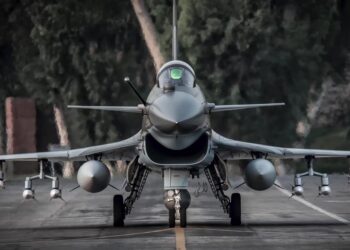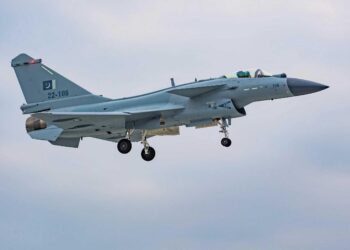Asia is growing in geostrategic importance. Despite the financial crisis that began in 2008, many Asian countries experienced relatively less fiscal distress and increased their level of involvement in global affairs. Indicative of the region’s elevated global role is the United States’ pivot toward the Asia-Pacific region as outlined in the Strategic Guidance recently released by the Department of Defense. With Asian defense spending projected to overtake that of Europe by the end of 2012, the United States’ posture rebalancing toward the Asia-Pacific region is likely to continue.
Today, several Asian countries are already among the largest defense spenders in the world. In addition, unlike the defense budgets in many other regions, Asian defense spending continues to be on the rise. This trend stands in particularly stark contrast to Europe and the United States, where defense budgets have been declining in recent years.
The analysis in this report presents key budgetary trends for the five countries with the largest defense budgets in Asia—China, India, Japan, South Korea, and Taiwan—for the years 2000 to 2011. In 2011, these countries collectively spent an approximate $224 billion (in constant 2011 U.S. dollars) on defense. The first chapter of the report provides a cross-country comparison of key defense budgetary trends for the five Asian countries in total and per-soldier defense spending terms. The second chapter presents an in-depth analysis of defense spending in each country. It discusses total and per-soldier spending trends and provides a breakdown of defense spending by functional categories: Defense Investment, which includes procurement, military construction, and research and development (R&D); Personnel, and Operation and Maintenance (O&M). For India, Japan, and South Korea, the country analysis also includes a breakdown of the Defense Investment category into Defense R&D and Defense Procurement.
The third chapter provides a cross-country assessment of the defense spending trends in the five countries by comparing budget breakdowns into functional defense spending categories. The fourth chapter presents the findings of this report and outlines areas for future study. An appendix provides a detailed description of the methodology used to collect and analyze the data for this report.
[Download not found]









